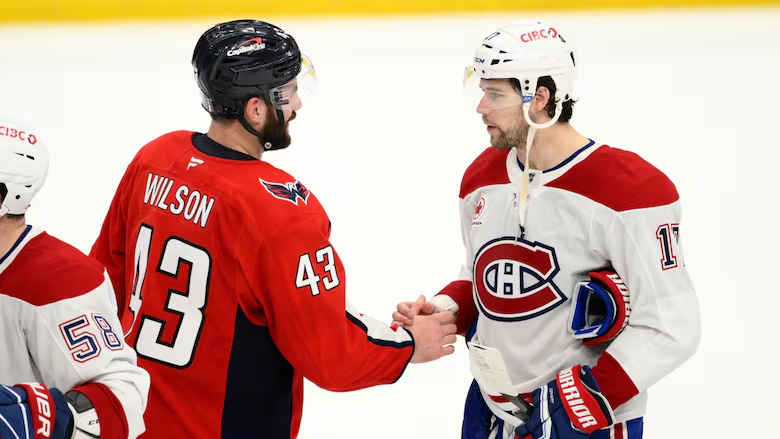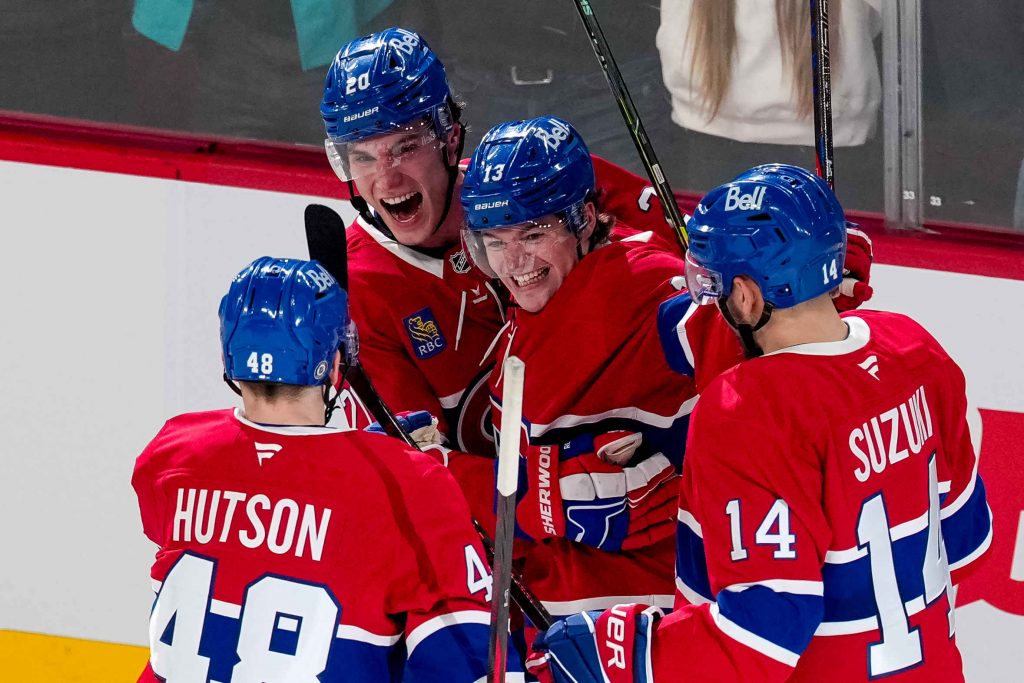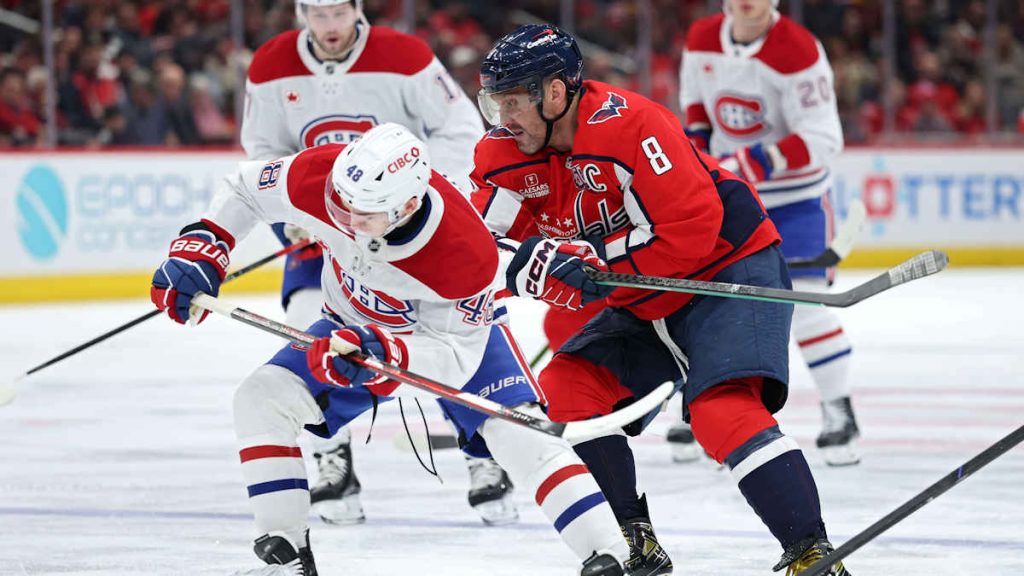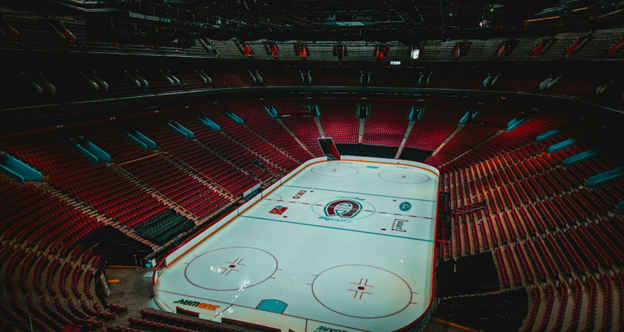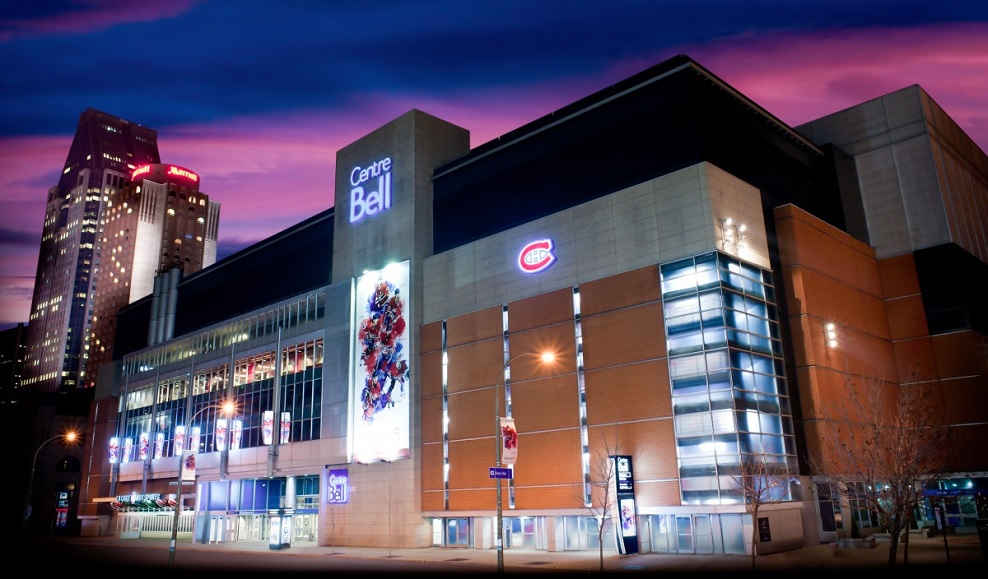The Montreal Canadiens approach the 2025 off-season with a clear objective: steady progress, not shortcuts. After another year of incremental steps, attention turns to key contracts, cap allocation, and how to shape a roster that supports long-term goals. The challenge lies in making careful decisions without stalling forward movement.
Expiring Contracts and Internal Priorities
The Canadiens’ front office heads into the off-season with several contracts requiring resolution. Restricted free agents like Arber Xhekaj, Justin Barron, and Jesse Ylönen are up for renewal, and each presents a different case. Xhekaj’s physical play holds value on the blue line, while Barron’s uneven development raises questions about term length.
Among unrestricted free agents, Tanner Pearson is expected to move on, while Sean Monahan remains a possible short-term retention if the price stays reasonable. His two-way game and steady faceoff numbers fit well in the bottom six. The Canadiens aren’t looking to hand out long-term deals. The focus is on short, flexible contracts that give them room to adjust if a player doesn’t meet expectations. With prospect development still central to the plan, Montreal needs contract slots available for those pushing up from Laval.
Cap Space and Depth Chart Decisions
Cap space is no longer a severe limitation, but it’s not an open budget either. Projected flexibility sits around $17 million, though that figure is softened by LTIR accounting for Carey Price and holdover buyouts. The Canadiens aren’t positioned to chase headline names, nor does that align with their current timeline. Goaltending remains unchanged unless a suitable offer surfaces for Jake Allen or Samuel Montembeault.
On defence, any additions will likely come from within, with Logan Mailloux and David Reinbacher ready to challenge for regular minutes. Forward depth could use minor upgrades, but the core remains built around Nick Suzuki and Cole Caufield. Moves made this summer will aim to balance out the middle six and offer more stability to a group still learning how to close games. Expect low-profile signings, bridge deals, and perhaps a trade or two centred around contract relief.
Global Fan Interest and Off-Season Activity
While off-ice pressure builds locally, international reaction to Montreal’s rebuild remains more measured. The Canadiens still draw strong attention across Europe, particularly in Finland, Netherlands, and parts of Germany, where fans follow players with national ties. During quieter off-season periods, many turn their attention elsewhere, often browsing summer tournaments or following European club updates. This browsing often extends to digital simulations, stat-based contests, or virtual matchups that fill the schedule gap between NHL news cycles.
For many, these outlets provide a way to stay engaged with competitive formats beyond standard league structures. One such avenue includes platforms where users can interact through a 10 euro deposit casino, offering flexible entry points into Virtual Sports, esports events, or statistical markets, particularly popular in regions with limited access to North American broadcasts. These digital extensions are not seen as substitutes, but as complementary forms of interaction with sports-based content.
Future Outlook and Development Goals
The Canadiens’ rebuild continues along a cautious but deliberate path. Management isn’t trying to speed things up by adding veterans past their peak or overspending to fill roster gaps. The success of this approach hinges on development. Joshua Roy, Owen Beck, and other names from the Laval roster will need to take steps forward, and preseason camp should clarify who’s ready for a full-time role.
Martin St. Louis still has backing from management, but expectations are higher. With a more defined core and a few emerging pieces, coaching consistency must now be matched with lineup stability. Draft picks remain in hand for 2025, which gives the front office options to either trade for targeted help or continue stockpiling for later seasons. The rebuild doesn’t need acceleration, but it does require visible momentum. Another year without progress will invite sharper scrutiny, regardless of long-term intentions.

